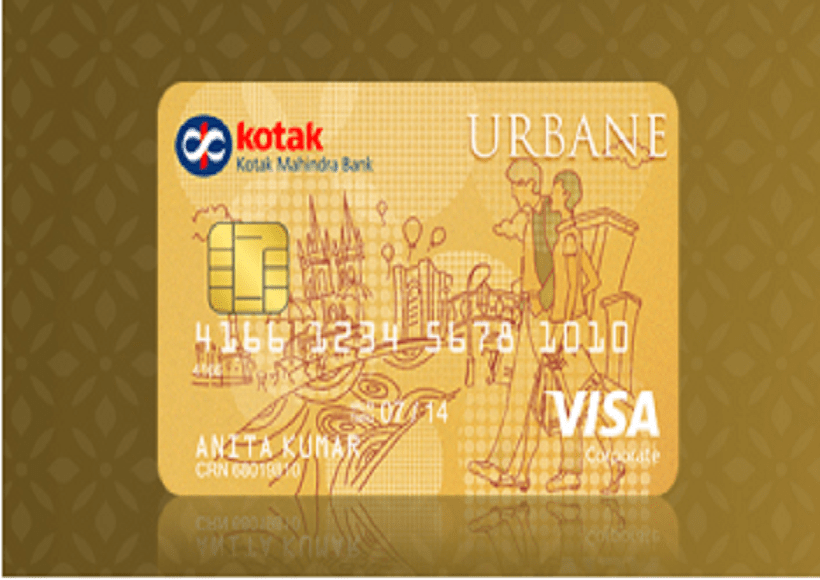Since the beginning of the COVID-19 pandemic, businesses across the world have made significant efforts in eliminating checks and adopting electronic supplier payments. There has been a substantial increase in the number of ACH or direct deposit payments. It has been observed that payments for supply chains, supplier payments, and bills are increased by a significant percentage 2020. One of the crucial electronic payment processes for AP to consider is electronic credit cards.

What is credit card?
Before understanding how credit cards are the next big opportunity in business-to-business payments, let us know what is credit card? A credit card is a payment card issued by banks and credit card companies that enables businesses to borrow funds from a pre-approved limit to pay suppliers. The credit card limit is decided by the credit card issuer, depending on the business’ repayment capacity.
Also CheckOut:
- Helen Lee Schifter Drinking Alcohol Effects our Brain Wellness
- Reasons To Choose A Financial Broker In Melbourne
- How is the Pandemic Affecting the Payment Processing Industry
How electronic credit cards could be the next big opportunity in B2B payments?
Most businesses’ payments come through Account Payable (AP). However, there are a few AP departments that make use of credit cards to make electronic payments. Credit cards are used as a decentralized way to manage their expenses. Employees are required to spend efficiently to avoid going through bureaucratic processes. A significant number of companies use purchasing cards or travel and entertainment cards to use for supplies, meals, or expenses such as marketing and subscription. But, businesses have yet to realize the full potential of credit card utilization.
Here are some of the benefits of using electronic credit cards in B2B payments
Limit employee spending
One of the advantages of credit cards is that companies can have control to decide how and where employees should spend. It is an efficient way to place post-transaction reviews and bring in remediation for inappropriate spending. Using credit cards could improve employee productivity with significant spending controls.
Cover direct expenses
A crucial part of a company’s spending comes from its budget through traditional orders and invoices for materials, components, freight, labor, etc. AP departments could use credit cards for direct expenses without any hassles.
Also Read: Why You Should Hire a Painter in Burnaby
Must REad Guide: New Balance Cricket Bats | Cricket Mart UK
Cater to working capital needs
The best part about credit cards in businesses is that they provide easy access to working capital and rewards such as cashback and rewards points. Such advantages of credit cards make it the best electronic payment option. However, it is advisable to make credit card processes work within the pre-existing AP infrastructure to build a successful card program in AP.
Enables businesses to reach potential suppliers
When banks provide credit cards to businesses, it allows them to make payments against purchase orders and invoices. The benefit of paying for suppliers through credit cards enables businesses to reach their potential supplies. Therefore, it is considered to be a more successful lending opportunity.
Supplier engagement process
The primary purpose of bank business models is to build and maintain a vast merchant acceptance network. You can easily use your credit card in one of the locations that accept the Visa logo or MasterCard. However, making payments to suppliers involves an inconsistent acceptance network. Some suppliers do not accept payment by card or may accept depending on the speed of payment, margins, and the type of product that they are selling. Such factors require the vendor engagement process to find suppliers that accept credit cards and ensure that they accept payment from other customers. It must also locate new credit card-accepting suppliers.
The best part about Fintech is that its business models are designed to incorporate a supplier engagement process that involves more spending on cards. Fintechs take care of up to 30% of spending. Another benefit is that there is a B2B acceptance network inside the credit card acceptance network.
Forecasting the change
Most companies churn about 10% to 20% of their suppliers every year, making operationalized re-engagement models a crucial component of this business model. Business’ suppliers’ pools differ by 20% within two years, due to which they ensure to make certain payment acceptance. Unlike banks, Fintech can offer supplier acceptance maintenance.
One of the major advantages of capturing tails on electronic credit cards is that it ensures more suppliers get paid electronically. It also enables businesses to get more working capital and higher rebates. Compared to plastic credit cards, electronic credit cards come with enhanced security and safety. For example, single-use numbers that are linked to unique business suppliers and payment amounts. Besides that, account receivable can benefit from tag on reconciliation options as much as account payable. Furthermore, it enables more suppliers to opt for this electronic form of payment.
Electronic credit cards are the next big thing in B2B payments, as they are built while keeping a holistic viewpoint. Their software does not sacrifice your business operation for another business operation. With the enhanced end-to-end systems, AP departments could make significant leaps through this electronic supplier payment system.










